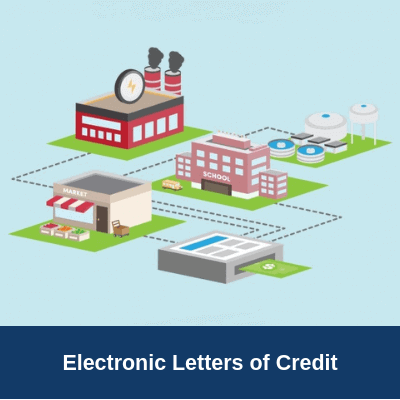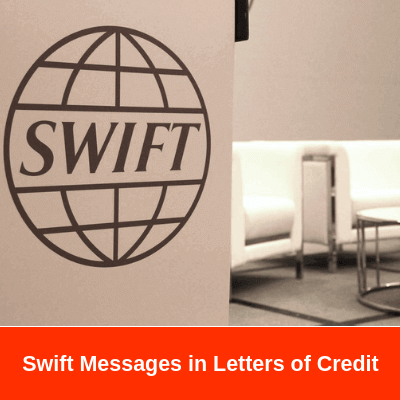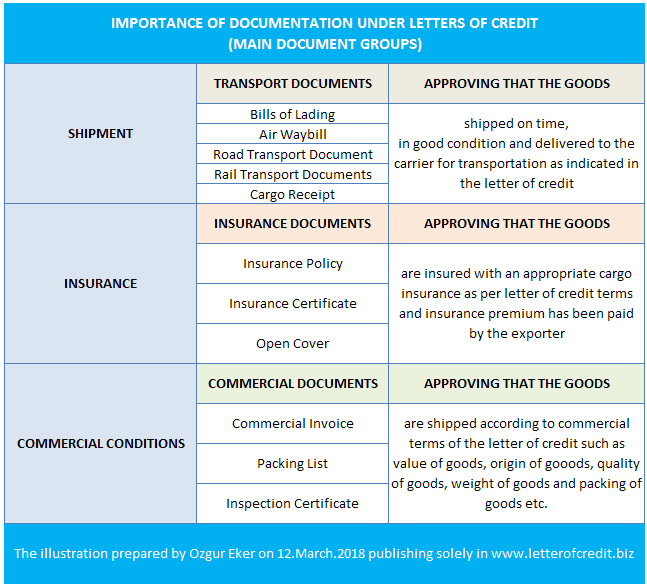DOCDEX – ICC’s Documentary Credit Dispute Resolution Expertise
Docdex is one of the options available to solve letter of credit disputes. Its full name is “ICC’s Documentary Credit Dispute Resolution Expertise”.
What Does DOCDEX Mean?
Docdex decisions are private, expert-based and non-binding which means that Docdex decisions do not have any legal effects on to the disputing parties unless they have agreed in written that they will be solving any potential problems occurred under the documentary collections, letters of credit or demand guarantees by the means of Docdex decisions.
Sample Docdex Clause for a letter of credit transaction: This clause should be inserted in to the credit under field 47-A Additional Conditions in order to make the Docdex decision binding for all parties.
All disputes arising out of or in connection with this letter of credit shall be finally settled under the DOCDEX Decision in accordance with the ICC DOCDEX Rules, ICC Publication No. 811 by one or more experts appointed in accordance with the said Rules by the ICC International Centre for Expertise.
Scope of the Docdex Decisions:
DOCDEX decisions can be issued for the disputes which have been originated in connection with any of the following situations:
- a documentary credit incorporating the ICC Uniform Customs and Practice for Documentary Credits (UCP), and the application of the UCP and/or of the ICC Uniform Rules for Bank-to-Bank Reimbursement under Documentary Credits (URR),
- a collection incorporating the ICC Uniform Rules for Collections (URC), and the application of the URC,
- a demand guarantee incorporating the ICC Uniform Rules for Demand Guarantees (URDG), and the application of the URDG
How to Apply for a Docdex Decision:
In order to settle a letter of credit dispute by using DOCDEX, the parties should follow two simple steps:
- Initiator: Submit a request for a DOCDEX decision, along with the standard fee of US$5000 and all relevant documents, to the ICC International Centre for Expertise.
- Respondent: If you are the opposing party, respond to the request by submitting your answer with all supporting documents.
Note: All the parties are given the opportunity to participate in the DOCDEX proceedings. However, the DOCDEX panel issues an opinion regardless of whether or not the Respondent agrees to participate.
How Much Time is Required to Reach a Docdex Decision?
Experts appointed by the Dispute Resolution Expertise Center will be reaching a Docdex decision within 2-3 months.
It would be worth mentioning that Docdex is a very fast alternative to a traditional court decision which could last around 6-18 months.
The Experts have to issue an opinion to the Dispute Resolution Expertise Centre within 30 days following receipt of all the relevant documents.
The Experts’ decision is examined by the Technical Adviser of the ICC Banking Commission, who ascertains that their decision is in line with the applicable ICC Rules and their interpretation by the Banking Commission.
How Much Does a Docdex Decision Cost?
Applying for a Docdex decision should normally cost to the initiator USD 5.000,00 – 10.000,00.
As of 1 May 2015, the following filing fees apply:
- Where the amount in dispute does not exceed USD 1.000.000,00 the Standard Fee is USD 5.000,00
- For all amounts in dispute exceeding USD 1.000.000,00 the Standard Fee is USD 10.000,00.
This is the standard fee of the Docdex decision procedure.
The Standard Fee includes the Centre’s administrative expenses and the Appointed Experts’ fees.
An Additional Fee may be fixed by the Centre—at its discretion—taking into account the facts and documents underlying the dispute (“Additional Fee”).
The Additional Fee does not exceed 50% of the Standard Fee.
What Sort of Documents Required for Applying a Docdex Decision?
Initiator must apply to the ICC International Centre for Expertise for a Docdex decision along with all the documents indicated below:
- full name and address of the Initiator, clearly stating such Initiator’s function(s) in connection with the documentary credit, the collection, or the demand guarantee; and
- full name and address of any other party to the dispute (Respondent), clearly stating such Respondent’s function(s) in connection with the documentary credit, the collection, or the demand guarantee, where the Request is not submitted jointly by all parties to the dispute; and
- a statement of the Initiator formally requesting a DOCDEX Decision in accordance with the ICC DOCDEX, ICC Publication No. 811; and
- a summary of the dispute and of the Initiator’s claims, clearly identifying all issues related to the documentary credit, the collection, or the demand guarantee and the applicable ICC Rules to be determined; and
- copies of the documentary credit in dispute, the collection instruction, or the demand guarantee in dispute, all amendments thereto, and all documents deemed necessary to establish the relevant circumstances; and
- a statement by the Initiator that a copy of such Request, including all documents annexed thereto, has been sent to each Respondent named in the Request.
Important Note: The Request must be submitted in four copies.
Important Note 2: The Request must be accompanied by the payment of the Standard Fee amounting to USD 5.000,00 – 10.000,00. What’s more, even in exceptional cases, the International Centre for ADR (“Centre”) will only charge an additional fee of US$2,500 or US$5,000.
You can find full details of the Docdex application from this link.






